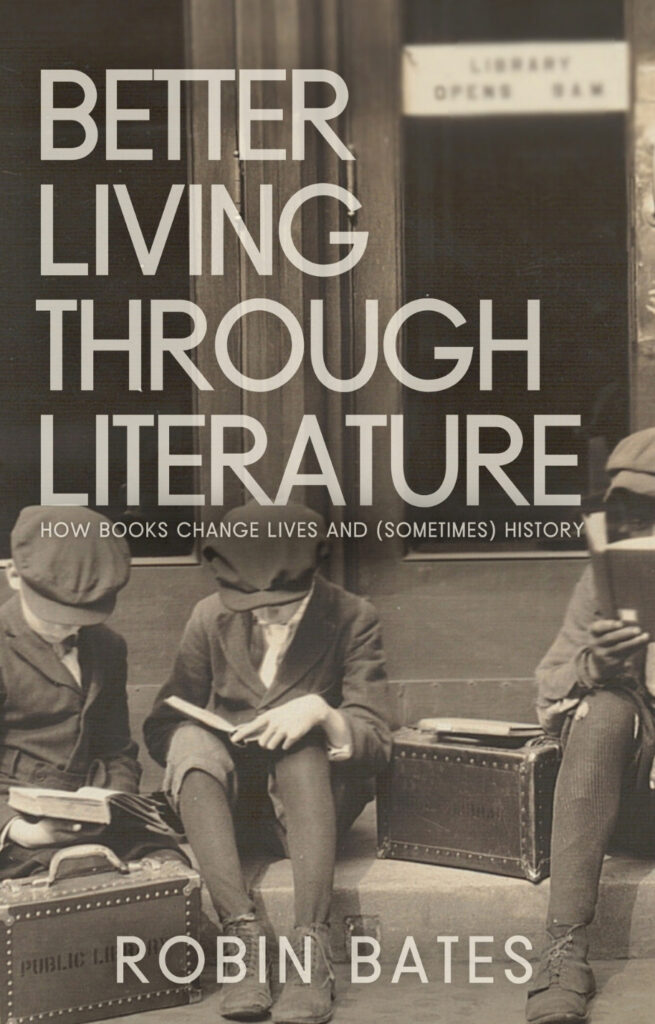Note: If you wish to receive, via e-mail, (1) my weekly newsletter or (2) daily copies of these posts, write to me at [email protected]. Comments may also be sent to this address. I promise not to share your e-mail with anyone. To unsubscribe, write here as well.
Thursday
In an immensely clarifying ruling, Fulton County Superior Court Judge Robert McBurney invoked Margaret Atwood’s Handmaid’s Tale when he declared that Georgia’s six-week abortion ban violates the state constitution. Henceforth, he wrote, abortions would be allowable up until the 22nd week of pregnancy, which is a return to the Roe v. Wade standard.
His ruling could well be overturned by the Georgia Supreme Court, but in the meantime let’s celebrate a judge for citing a work of literature to make his case.
In her article on the ruling, Washington Post’s Praveena Somasundaram notes that six weeks is “the earliest that fetal cardiac electrical activity can be detected and before many people know they are pregnant.” McBurney wrote, “Whether one couches it as liberty or privacy (or even equal protection), this dispute is fundamentally about the extent of a woman’s right to control what happens to and within her body.”
Asserting that the Georgia constitution allows people to make their own decisions about everything from tattoos and piercings to elective and essential medical procedures, McBurney said that women’s “liberty of privacy means that they alone should choose whether they serve as human incubators for the five months leading up to viability.” Then comes the Atwood allusion:
“It is not for a legislator, a judge, or a Commander from The Handmaid’s Tale to tell these women what to do with their bodies during this period when the fetus cannot survive outside the womb any more so than society could — or should — force them to serve as a human tissue bank or to give up a kidney for the benefit of another.”
In Atwood’s novel, of course, the primary job of healthy women is, in fact, to serve as incubators. When the Canadian author wrote her novel in 1985, she was observing how women had had their rights stripped from them in Iran and was also drawing on what had occurred with Black women during American slavery.
I’m not sure, however, that even Atwood could have foreseen that America would one day see a GOP vice-presidential candidate railing against “childless cat ladies,” proposing that voting power should be withdrawn from (and taxes raised on) people who don’t have children, and calling for the Department of Justice to enforce the 1873 Comstock Act, which forbids abortion medication to be shipped through the mail. We’re just now learning of women who have died as a result of the Dobbs decision, including the Georgia woman who was refused emergency care for unexpelled fetal tissue by doctors who feared incurring Georgia 10-year-prison penalty. Meanwhile, Pregnancy Justice, a nonprofit that advocates for the rights of pregnant people (including the right to abortion) has documented 210 cases of women being charged for pregnancy-related conduct in the 12 months following Dobbs. Also, Project 2025 and various red state legislators have proposed a range of further extreme measures, including tracking menstrual cycles, forbidding crossing state lines to have abortions, subpoenaing the medical records of women who have so traveled, locking up anyone who assists a woman in getting an abortion, and administering the death penalty for various abortion infractions. These measures would have been unimaginable before Dobbs.
But that’s what great authors do: they imagine. Atwood has long paid close attention to toxic misogyny within Evangelical and rightwing Catholic movements—and within various fundamentalist religions worldwide—so has proven to be more clear-eyed on these matters than the rest of us.
And because she has, the world has a vital narrative framework through which to understand what we are experiencing, just as it has had 1984, Brave New World, and Zamiatin’s We to understand authoritarian movements; Atwood’s Oryk and Crake series to understand the perils of climate change and unregulated corporatism; and other works of what Atwood calls “speculative fiction” to understand other momentous changes.
Of these works, Handmaid’s Tale stands out for its further incarnation as a hit television series and a graphic novel. The series, meanwhile, has provided protesters with an instantly recognizable and powerful iconography: women wearing the red robes and white bonnets of Atwood’s handmaids. If authoritarian governments disempower its people by isolating dissidents, Handmaid’s Tale brings them together.
To be sure, state legislatures and rightwing school boards are doing their part by banning both the graphic novel and the novel itself from various libraries, but people are still finding their way to Atwood’s articulation.
Ray Bradbury, who understood the power of novels, once imagined a society that banned reading altogether, one in which fire departments are paid to set fires (to burn books) rather than to put them out. As we watch the ever-growing lists of books that people want to see banned—and examine their reasons for the bans—we come to see that few works of lit are safe. In my book Better Living through Literature I talk about how Anna Karenina bolstered a Somali political prisoner, Little Women helped a kidnapped Pakistani girl hold on to her sense of self, various Shakespeare plays inspired the prisoners in South Africa’s notorious Robben Island Prison (including Nelson Mandela), and Pride and Prejudice came to the aid of Iranian women thrown out of universities. The list of books that readers have used to resist oppression goes on and on and is never-ending.
MSNBC’s Rachel Maddow said the other night that J.D. Vance is espousing a political philosophy that wants to destroy anything that conservatives can’t control. She was focused on how he wants to punish universities and independent-minded corporations, but she could have included the imagining that poems and stories set in motion. Few things are more uncontrollable than that.


